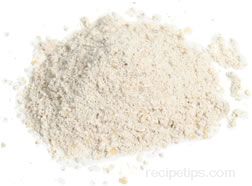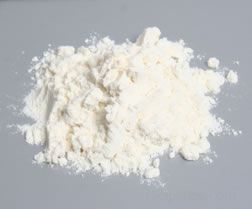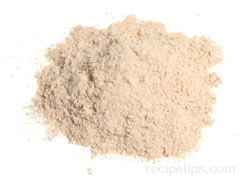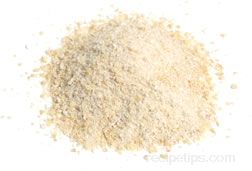Amaranth flour contains very minute amounts of gluten and is most often processed into a gluten-free flour product. Because of the lack of gluten, it must be added to other types of flour when preparing yeast breads. A suitable mixture contains one part of amaranth flour to three or four parts of gluten flour (such as wheat flour). It does not have to be added to other flours when preparing pastas or flatbreads. Amaranth flour can also be used as a food extender, for cookies and desserts, or as a side dish similar to potatoes or polenta. It may also be added to other foods simply as a means of increasing the nutrient value.
As a source of nutrients, amaranth flour provides protein, calcium, iron and zinc. It contains more fiber and iron than wheat and it is a good source of calcium. Amaranth flour is high in protein and when it is used in combination with other flours (such as wheat), the protein value is as beneficial as fish or poultry.
Amaranth seeds are very small and are very difficult to grind into flour with conventional kitchen equipment. The flour is usually found in natural food stores. It will keep for up to a half year if it is tightly covered and stored in the refrigerator or freezer.


















